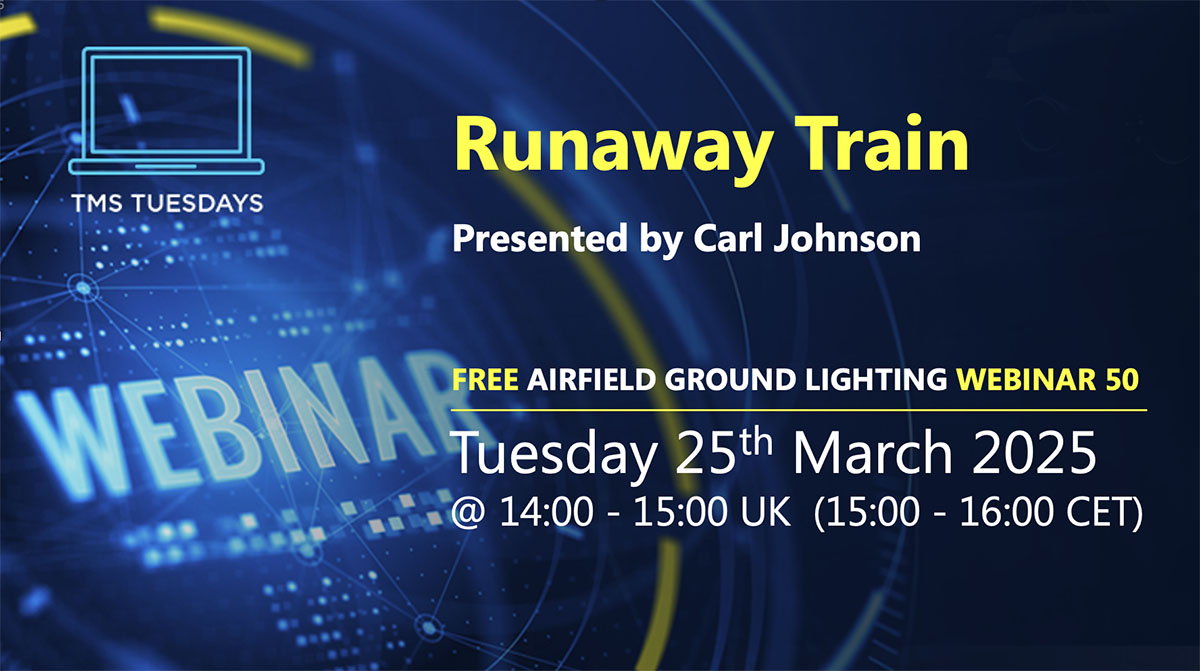RUNAWAY TRAIN
Tuesday 25th March, 2025 at 1400 GMT
This presentation by Carl Johnson addresses creating an electrically safe work condition (ESWC). Step 6 of an ESWC includes the application of lock out tag out devices.
Before you say– not another LOTO lecture! – let Carl Johnson to explain why we are on this runaway train.
NFPA 70E requires the employer to provide safety related training and retraining at not to exceed intervals of 3 years or sooner as dictated by individual and project needs. Looking at OSHA’s top ten most sited violations our industry needs to be trained on how to create an electrically safe work condition (ESWC) frequently. This webinar presents the proper way to create an electrically safe work condition. The webinar also presents an actual incident where reliance on only lock-out / tag-out resulted in a serious injury.
This presentation is both fun and informative.
📅 Don’t miss this opportunity to enhance your knowledge and safety expertise.
👉 Register now for this unmissable free session! http://malms.aero/tmstuesday
With over 10,000 hours of viewing, ‘TMS Tuesdays’ webinars continue to be the go to resource for discussing the latest AGL Safety and Compliance hot topics; including ICAO Regulatory Updates, ADM Part 4, Visual Aids updates, and Annex 19: Safety Management.
Whether you are a Designer, Supplier, Installer, Safety Manager, Airfield Electrician/Engineer, Operations or Regulator we hope you will find this webinar relevant and interesting.
Don’t miss this opportunity to gain invaluable insights and elevate your airfield ground lighting maintenance practices. Reserve your spot now to stay ahead of the curve! ✈️🔧
Remember:
